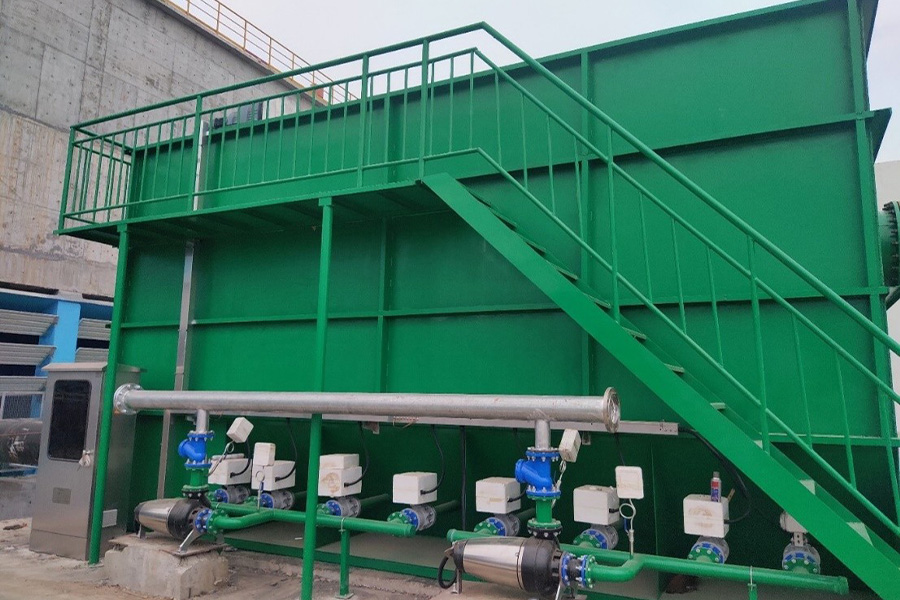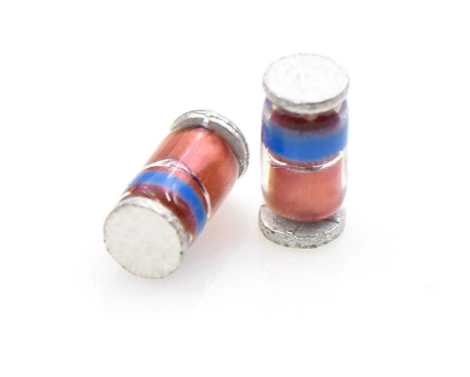FR4 epoxy glass sheets are a cornerstone material in various industrial and electronics applications. Comprising woven fiberglass fabric bonded with an epoxy resin, FR4 is renowned for its high mechanical strength, excellent electrical insulation, and resistance to moisture. Its versatility makes it an essential substrate in printed circuit boards (PCBs) and structural components. In this blog post, Blue Sun will share the easy processing and cutting of FR4 epoxy glass sheets for sale.
Understanding FR4 Material Properties
1. High Strength-to-Weight Ratio: The fiberglass weave provides exceptional mechanical strength, while the epoxy resin contributes to the material's lightweight nature.
2. Thermal Stability: FR4 maintains structural integrity across a wide temperature range, typically up to 130°C (UL94-V0 rating).
3. Electrical Insulation: Its dielectric properties make it ideal for electrical applications.
4. Abrasion Resistance: The fiberglass content renders FR4 highly resistant to wear, which complicates machining due to tool wear.
5. Brittleness: Despite its strength, FR4 can chip or crack under improper cutting conditions.
These characteristics influence the choice of machining processes, tools, and precautions to achieve precision without damaging the material.

Techniques for Cutting FR4 Epoxy Glass Sheets
Several cutting methods are suitable for machining FR4 epoxy glass sheets, each with its own advantages and limitations:
1. CNC Machining
- Description: CNC routers or mills equipped with carbide or polycrystalline diamond (PCD) tools can cut FR4 with high precision.
- Advantages: CNC machines excel at creating complex geometries and maintaining tight tolerances.
- Considerations: Low feed rates and high spindle speeds reduce splintering and thermal damage. Tool life must be monitored due to wear.
2. Laser Cutting
- Description: High-powered lasers, typically CO₂ or fiber lasers, can cut FR4 sheets by vaporizing material along the cutting path.
- Advantages: Offers unmatched precision and clean edges without mechanical stress.
- Limitations: Generates significant heat, risking localized charring or discoloration. Laser systems must be equipped with robust fume extraction to handle toxic byproducts.
3. Waterjet Cutting
- Description: Abrasive waterjet systems use high-pressure water mixed with abrasive particles to cut FR4 without introducing heat.
- Advantages: Minimizes thermal damage and achieves clean cuts with minimal delamination.
- Considerations: Requires precise control of water pressure and abrasive flow rate to prevent edge fraying.
4. Manual Cutting
- Description: For small-scale applications, FR4 can be cut using hand tools like carbide-tipped saws or diamond blades.
- Advantages: Cost-effective for prototyping or low-volume projects.
- Limitations: Produces rough edges and may lack precision. Labor-intensive and less suited for intricate designs.

Best Practices for Machining FR4 Epoxy Glass Sheets
To optimize machining outcomes and prolong tool life, the following practices are recommended:
1. Tool Selection: Always use carbide or diamond-coated tools to withstand FR4's abrasiveness. For CNC operations, consider tools with special coatings like TiAlN for improved wear resistance.
2. Feed and Speed: Maintain moderate feed rates and high spindle speeds to minimize heat buildup and ensure clean cuts. Optimal settings depend on sheet thickness and tool type.
3. Coolant and Lubrication: Use air cooling or mist lubrication to dissipate heat and extend tool life.
4. Dust Management: Employ vacuum systems or downdraft tables to capture fiberglass dust at the source. Personal protective equipment (PPE), such as respirators and goggles, is essential.
5. Edge Finishing: After cutting, deburr edges with abrasive tools or files to remove splinters and improve finish quality.
Applications of Custom-Cut FR4 Epoxy Glass Sheets
Custom-machined FR4 sheets are employed in diverse applications:
- Electronics: PCBs, insulating spacers, and backplanes.
- Aerospace and Automotive: Lightweight structural components with thermal and electrical insulation.
- Industrial Machinery: Gaskets, fixtures, and wear-resistant parts.
- Prototyping: Rapid development of mechanical and electronic assemblies.
The ability to precisely machine FR4 expands its usability across these sectors, enabling tailored solutions for complex requirements.
Conclusion
While FR4 epoxy glass sheets are highly machinable, their inherent challenges require careful planning, appropriate tooling, and stringent safety measures. Advances in machining technologies, such as laser and waterjet systems, offer improved precision and efficiency, but traditional CNC and manual methods remain viable for many applications. By adhering to best practices, engineers and fabricators can unlock the full potential of FR4 in custom applications, ensuring high-performance, durable, and cost-effective solutions.
Whether for industrial, aerospace, or electronics purposes, FR4's machinability - combined with its exceptional properties - solidifies its role as a go-to material for innovative design and engineering.
www.bluesun-elec.com.cn
Blue Sun





+ There are no comments
Add yours